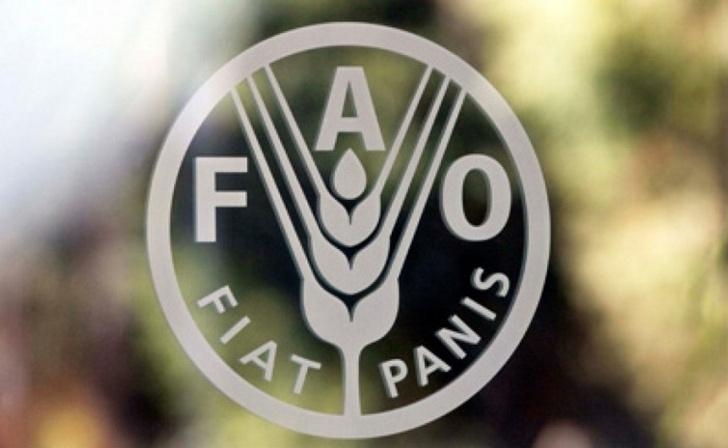The FAO food price index rose in March after 7 months of decline

In March, the FAO Price Index rose by 1.1% or 1.3p to 118.3p compared to February, which is 7.7% or 9.9p lower than in March 2023.
At the same time, the FAO Cereal Price Index fell by 2.6% or 3p to 110.8p, which is 20% or 27.7p lower than in March 2023. World wheat prices fell for the third month in a row amid increased competition between the EU , the USA and the Russian Federation, forecasts of a good harvest in the USA and the Russian Federation, and China's cancellation of agreements for the supply of wheat from the USA and Australia. Corn prices rose on stronger demand from China, despite pressure from increased supply from South America. World prices for barley decreased, for sorghum - increased, for all types of rice - fell by 1.7% due to low import demand.
The FAO vegetable oil price index rose 8% or 9.7p to a yearly high of 130.6p amid rising oil prices. Palm oil rose in price against the background of a seasonal reduction in production, soybean - due to active demand in the USA and Brazil from biofuel producers, sunflower and rapeseed oil - against the background of increased import demand.
The FAO dairy price index rose (for the sixth month in a row) by 2.9% or 3.5p to 124.2p, but is still 8.2% or 11.1p below the March 2023 figure. cheese prices against the background of active demand from countries in Asia and Western Europe ahead of the spring holidays, as well as a seasonal reduction in production in Oceania. Butter rose in price during the period of reduced demand against the background of reduced stocks in the EU. Whole milk powder prices fell after 5 months of growth amid falling import demand, as did skimmed milk powder.
The FAO Meat Price Index rose by 1.7% or 1.9p to 113p and was only 1.5% or 1.7p lower than in March 2023. Poultry, pork and beef prices rose against active demand, while lamb prices fell due to a sharp increase in supply, particularly from Australia. At the time of the report, most of the meat prices used to calculate the Index were not yet known, so it is calculated by combining forecast and actual prices, and may be adjusted to affect the overall FAO Food Price Index.
After 2 months of growth, the FAO Sugar Price Index fell by 5.4% or 7.6p to 133.1p, but is still 4.8% or 6.1p higher than in March 2023. The fall in prices is due increased production forecasts in India and active cane harvesting in Thailand, as well as active exports from Brazil. But the decline was limited by the long drought in Brazil and the rise in global oil prices.


